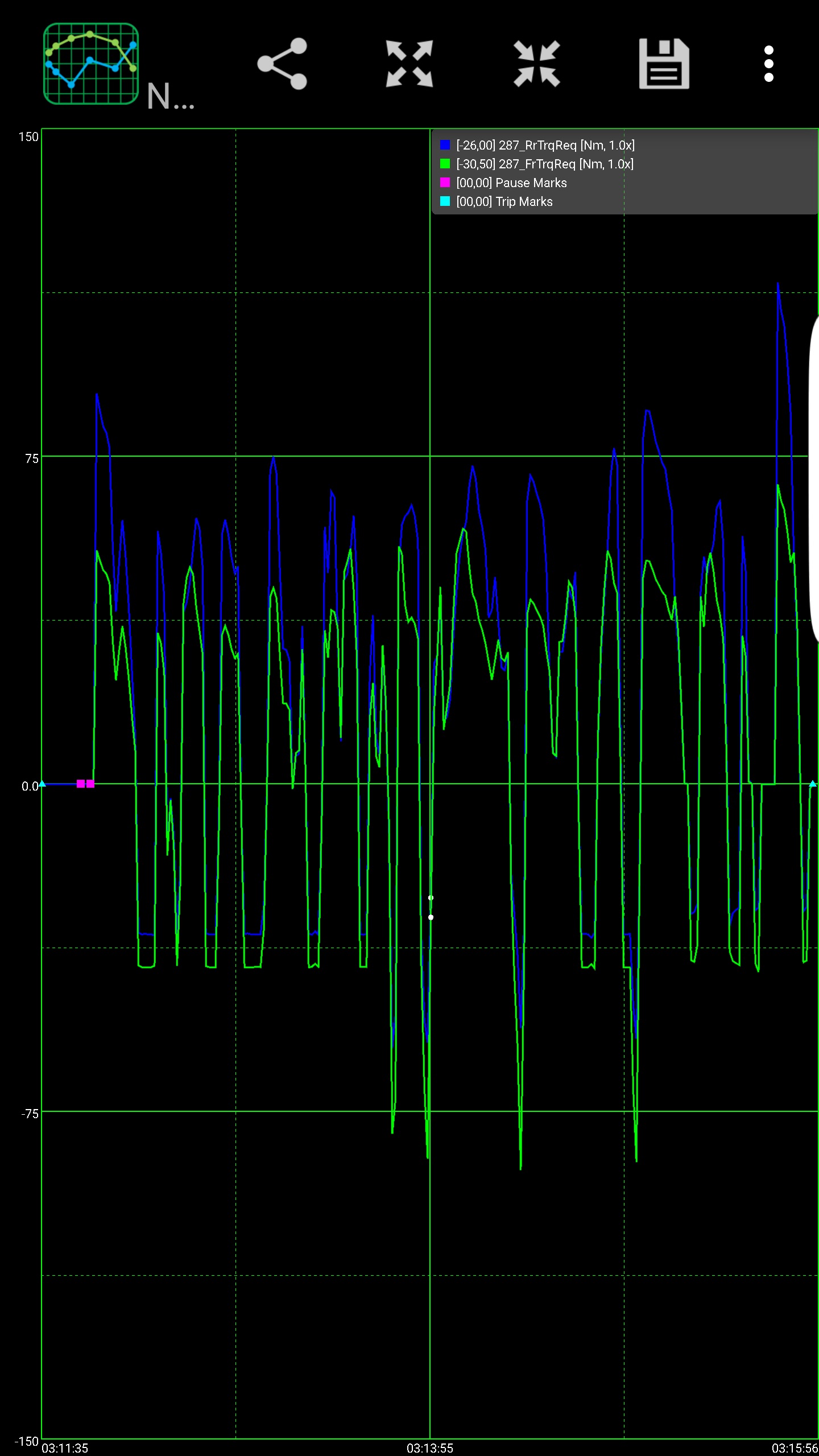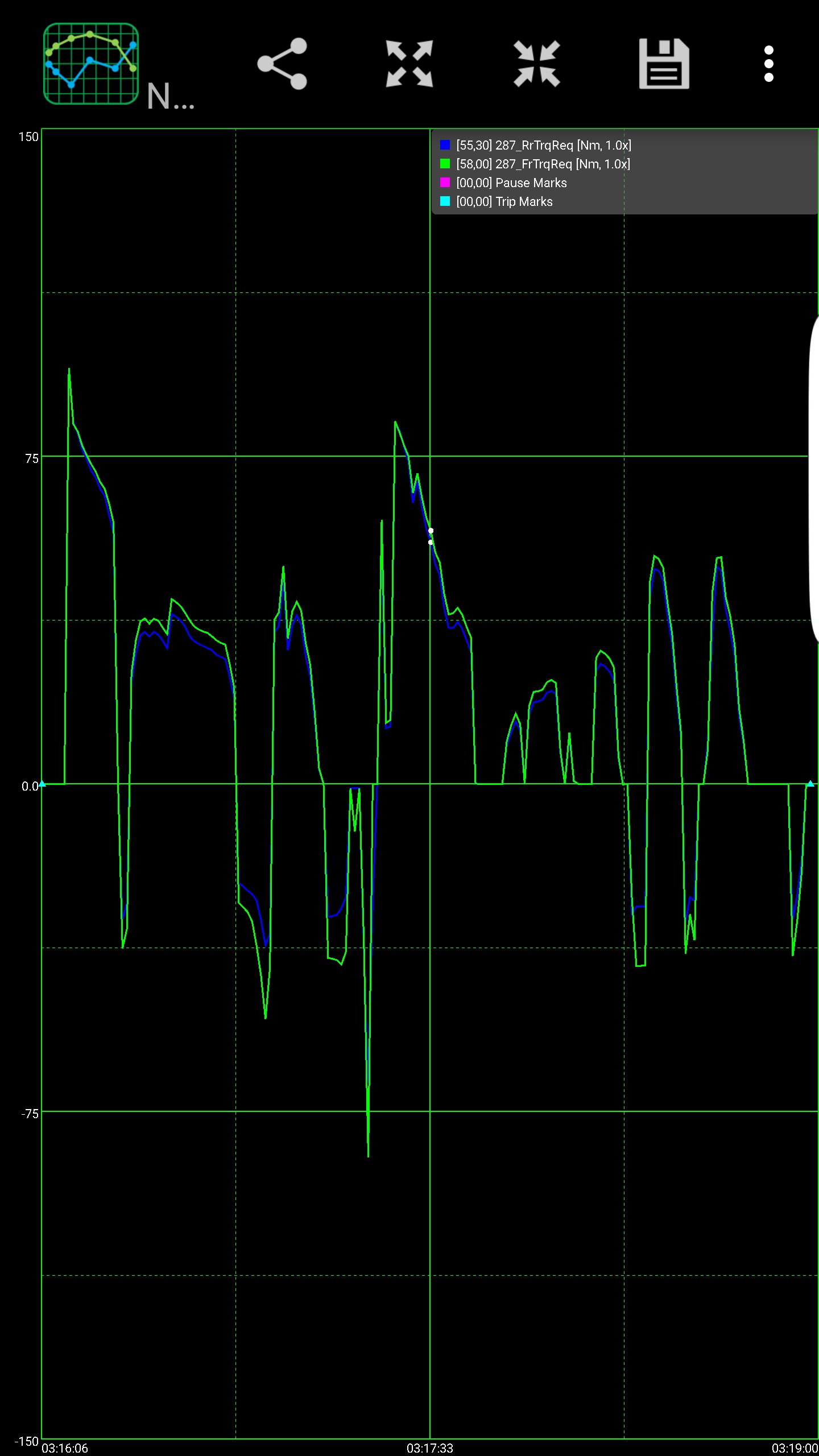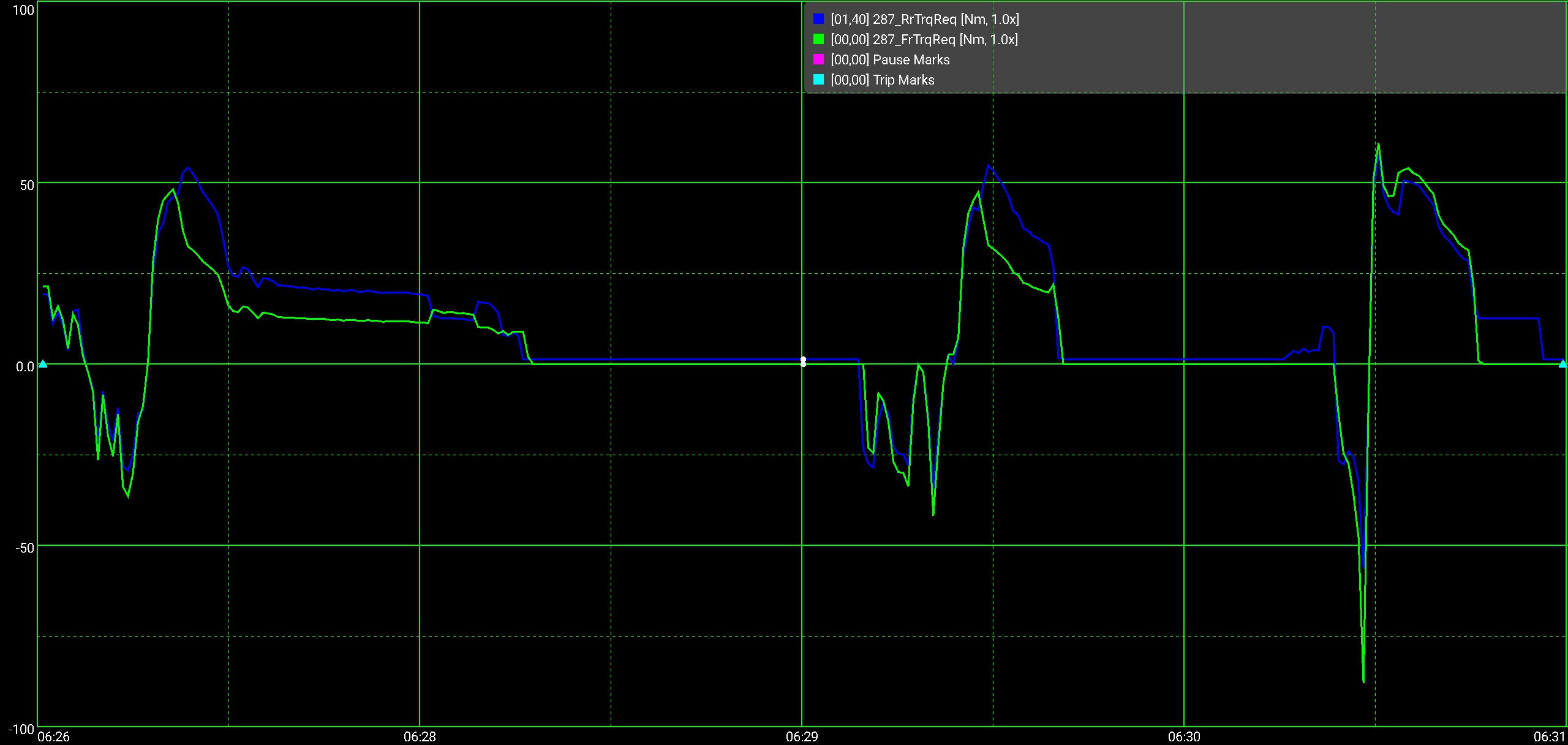jaapv
Well-known member
Down a snowy winding road I won't go B0. The car is a handful to hold in that condition and the last thing I am looking for is a full skid. 2 Tons out of control and a narrow bend coming up, no thank you :twisted: .BTW, I doubt whether 4WD lock makes much of a difference in those circumstances, as I don't think it is of any influence on braking.
I meant general high-skid risk conditions, the type skid correction training attempts to prepare you for. In that case B0 will give you a better chance of avoiding or controlling a spin.
I meant general high-skid risk conditions, the type skid correction training attempts to prepare you for. In that case B0 will give you a better chance of avoiding or controlling a spin.



